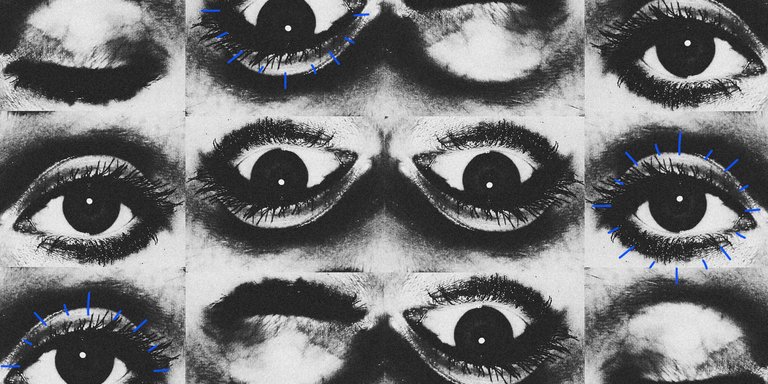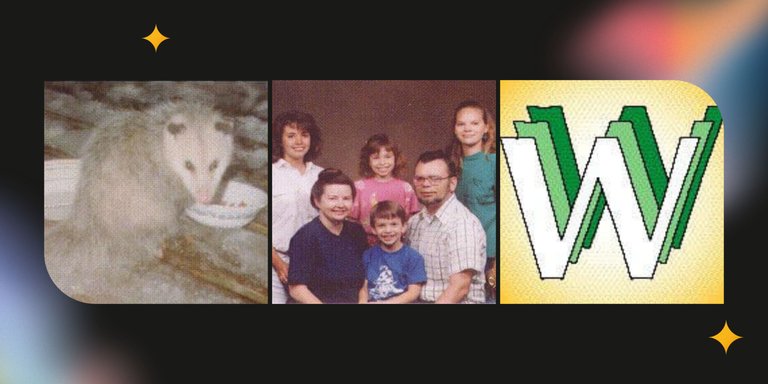PNG vs GIF: La batalla que transformó las imágenes en Internet [ESP-ENG]
¿Sabes qué tienen en común una zarigüeya, una foto familiar y un acrónimo de la World Wide Web?

Fuente: Pexels / Elīna Arāja
Bueno, fueron los tres primeros archivos PNG de la historia, publicados el 13 de marzo de 1995. Pero, ¿cómo llegaron a ser tan importantes estos archivos?
A finales de la década de 1980, Steve Wilhite, desarrollador de CompuServe (uno de los primeros proveedores de servicios en línea), descubrió cómo comprimir las imágenes mostradas en la pantalla, ahorrando memoria. Así nació el formato GIF, conocido hoy en día por sus animaciones en bucle, aunque originalmente fue creado para imágenes estáticas.
Todo iba bien hasta 1994, cuando Unisys, propietaria de la patente del algoritmo de compresión GIF, decidió que ya no cedería los derechos de forma gratuita. Los desarrolladores ahora tenían que comprar una licencia para utilizar el algoritmo GIF en su software.
Ante esta situación, en enero de 1995, un equipo liderado por Thomas Bowtell se puso manos a la obra para crear un nuevo formato de imagen gratuito y avanzado. Apenas unos meses después, en marzo de ese mismo año, se publicaron en Internet las primeras imágenes PNG.

Fuente: Thomas Bowtell | Diseño: Lisbeth Navarro
El nuevo formato destacó por sus avanzados algoritmos de compresión, que permitieron mantener una alta calidad de imagen con archivos de menor tamaño. Además, los PNG ofrecían una característica única e invaluable para el diseño web: la transparencia.
La historia del enfrentamiento entre GIF y PNG no terminó ahí. El 5 de noviembre de 1999, se llevó a cabo un evento masivo conocido como el "Día de grabar todos los gifs", donde los desarrolladores eliminaron sus archivos GIF en protesta. Pero a juzgar por la cantidad de gifs en Internet, la protesta no tuvo mucho impacto.
! [English CLICK HERE]
What do an opossum, a family photo and a World Wide Web acronym have in common?
!
Well, they were the first three PNG files in history, published on March 13, 1995. But how did these files become so important?
!
In the late 1980s, Steve Wilhite, a developer at CompuServe (one of the first online service providers), discovered how to compress images displayed on the screen, saving memory. This is how the GIF format was born, known today for its looping animations, although it was originally created for static images.
!
Everything was going well until 1994, when Unisys, owner of the patent for the GIF compression algorithm, decided that it would no longer give the rights away for free. Developers now had to purchase a license to use the GIF algorithm in their software.
!
Faced with this situation, in January 1995, a team led by Thomas Bowtell got to work to create a new free and advanced image format. Just a few months later, in March of that same year, the first PNG images were published on the internet.
!
!
Source: Thomas Bowtell | Design: Lisbeth Navarro
!
The new format stood out for its advanced compression algorithms, which allowed maintaining high image quality with smaller file sizes. Additionally, PNGs offered a unique and invaluable feature for web design: transparency.
!
The story of the confrontation between GIF and PNG did not end there. On November 5, 1999, a massive "Burn All Gifs Day" event was held, where developers deleted their GIF files in protest. But judging by the number of gifs on the internet, the protest didn't have much impact.

Si quieres aprender y estar al día sobre moda, tecnología emergente, marketing y medios digitales, visita otros recursos en mi Link Bio 👩💻